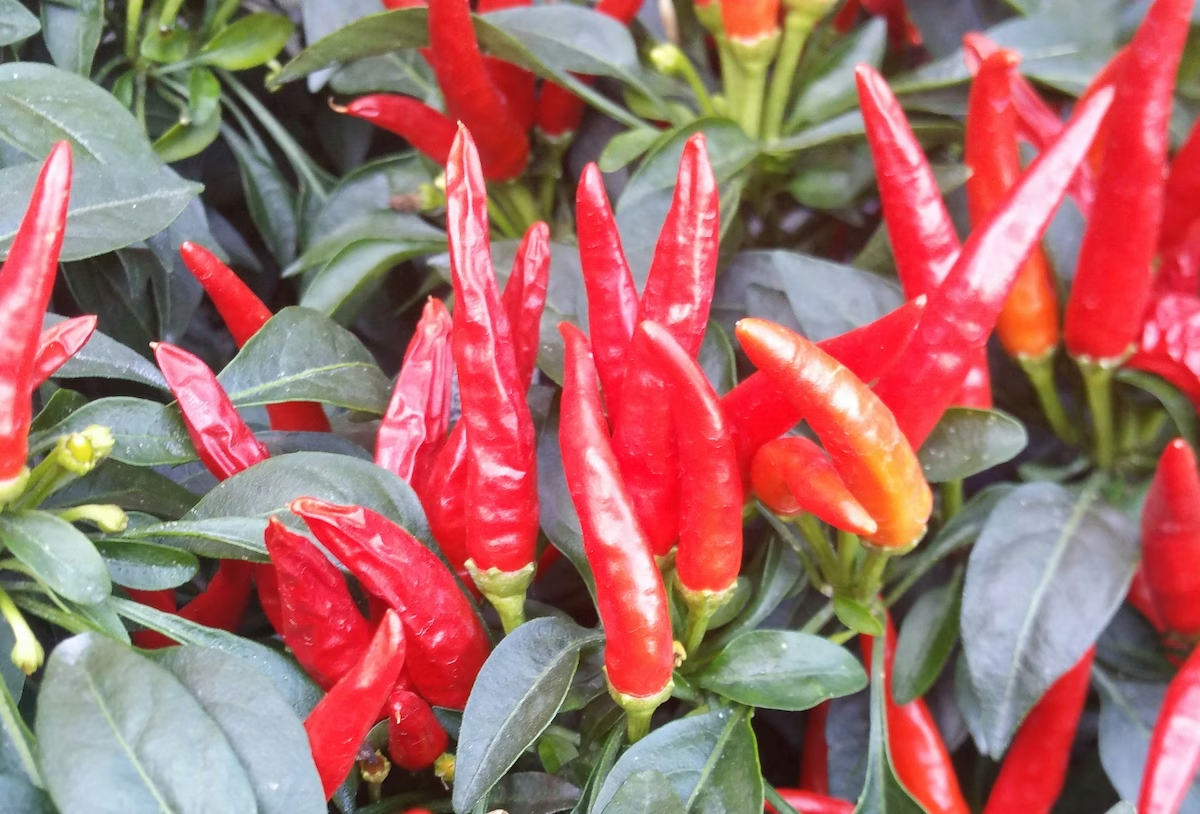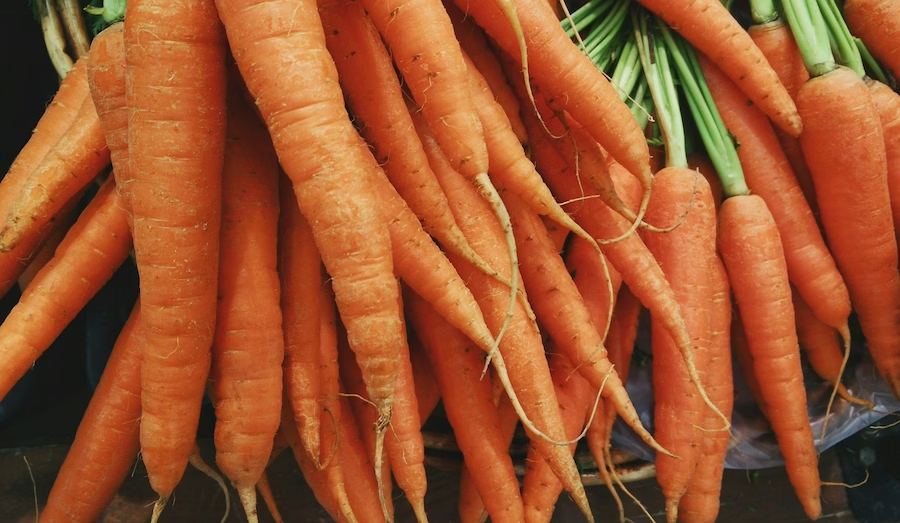Brussels Sprouts
Brassica oleracea var. gemmifera
Brussels sprouts are a cool-season vegetable renowned for their small, leafy green buds that resemble miniature cabbages. They offer a unique, nutty flavour when harvested young and cooked lightly, making them a divisive yet cherished addition to autumn and winter dishes.

Quick Information
Planting Calendar
Growing Guide for
1 Sow Seeds Indoors
Sow seeds 1-2cm deep in modules or pots (March-April). Keep moist & warm (~15°C+). Grow on in cool, bright, frost-free conditions until sturdy seedlings form.
2 Sow Seeds Outdoors (Optional)
Alternatively, sow seeds thinly, 2cm deep, directly into a prepared seedbed outside (April-May) for transplanting later.
3 Transplant Seedlings
Transplant seedlings to their final growing site (May-June) when 10-15cm tall with several true leaves. Space 60-75cm apart each way. Plant firmly, burying stem up to the lowest leaves.
4 Protect Young Plants
Immediately after transplanting, fit brassica collars around stems at soil level (or use other barriers) to deter cabbage root fly. Cover with fine netting to prevent cabbage white butterfly eggs and bird damage.
5 Water & Weed Regularly
Water plants well after transplanting to settle them in. Continue watering during dry spells throughout the growing season. Keep the area weed-free.
6 Support Tall Plants
As plants gain height (typically mid-late summer), insert a sturdy cane or stake next to each plant and tie the main stem loosely to provide support against wind.
7 Fertilize Plants (Mid-Season)
Apply a balanced fertilizer (e.g., Growmore or fish, blood & bone) around the base of plants in mid-summer (approx July/August) to support strong growth and sprout formation.
8 'Stop' Plant Growth (Optional)
In early autumn (late Sept / early Oct), pinch or cut out the growing tip (the rosette of leaves at the very top) of each plant. This redirects energy into swelling the sprouts lower down.
9 Monitor Pests & Diseases
Regularly check plants (especially under leaves and netting) for aphids, cabbage white caterpillars. Watch for signs of clubroot (wilting, swollen roots) or powdery mildew. Remove yellowing lower leaves promptly.
10 Harvest Sprouts
Begin harvesting from autumn (Sept/Oct onwards for early varieties) into winter, often after the first frosts which improve flavour. Twist off firm sprouts (2-4cm diameter) starting from the bottom of the stem and working upwards as needed.
Companion Planting Guide
Good Companions
Why Companion Planting Matters
Companion planting can help deter pests, improve pollination, enhance growth, and maximize garden space. Some plants release chemicals that repel pests or attract beneficial insects, while others can improve soil quality or provide shade for sensitive plants.
Suggested Varieties
Red Bull
Deep red to purple sprouts with a mild, slightly sweet flavour. Colour holds well when cooked lightly. Later maturing—best harvested after frost for sweetness and colour.
Evesham Special
Traditional British sprout known for its reliability and early cropping. Shorter plants ideal for exposed sites. Tender, medium-sized sprouts with a classic flavour.
Explore More Plants

Tomato Fruit
Tomatoes are a warm-season favourite, prized for their juicy, flavourful fruits that elevate home cooking, fresh salads, and rich sauces. From tiny cherry tomatoes to huge beefsteaks, these versatile plants offer something for every gardener. Growing your own tomatoes gives the pleasure of harvesting sun-ripened, home-grown goodness straight from your garden, packed with taste you can’t find in the shops.

Chilli Pepper Fruit
Chilli peppers are the fiery fruits of the Capsicum family, known for their intense heat and use in various cuisines. They range in size, shape, and spiciness, adding a kick to dishes worldwide. They thrive in warm climates and require careful cultivation.

Sweet Pepper Fruit
Sweet peppers, also known as bell peppers, are a variety of Capsicum annuum prized for their large, mild-flavored fruits. They are used in a wide range of culinary applications, from salads and stir-fries to stuffed peppers and sauces. They require warm conditions and plenty of sunshine to thrive.
